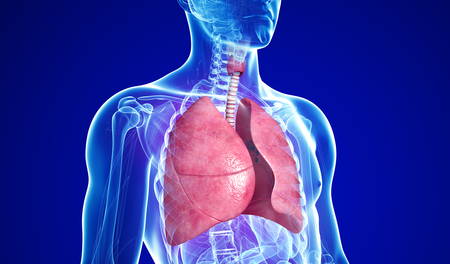Workshop Recommends Investment in Human Lung Models to Assess Tobacco’s Effects

Three-dimensional reconstructed models of the human lung provide more human-relevant results than animal tests in assessing the effects of tobacco products on chronic obstructive pulmonary disease (COPD), according to a new workshop report co-authored by the Physicians Committee’s Kristie Sullivan, M.P.H., in the journal Alternatives to Laboratory Animals.
The report—the outcome of a workshop to assess current nonanimal models for evaluating the effects of tobacco exposure to the progression of COPD—includes summaries and key recommendations from presentations from 18 experts from the Food and Drug Administration’s Center for Tobacco Products (FDA-CTP), industry, academia, and animal protection.
The report suggests that FDA-CTP can modernize public health protection by providing further funding to develop and promote in vitro models and improving information obtained from human clinical studies.
References
- Behrsing H, Raabe H, Manuppello J, et al. 2016. Assessment of in vitro COPD models for tobacco regulatory science: Workshop proceedings, conclusions and paths forward for in vitro model use. Altern Lab Anim. 2016;44:129-166.








